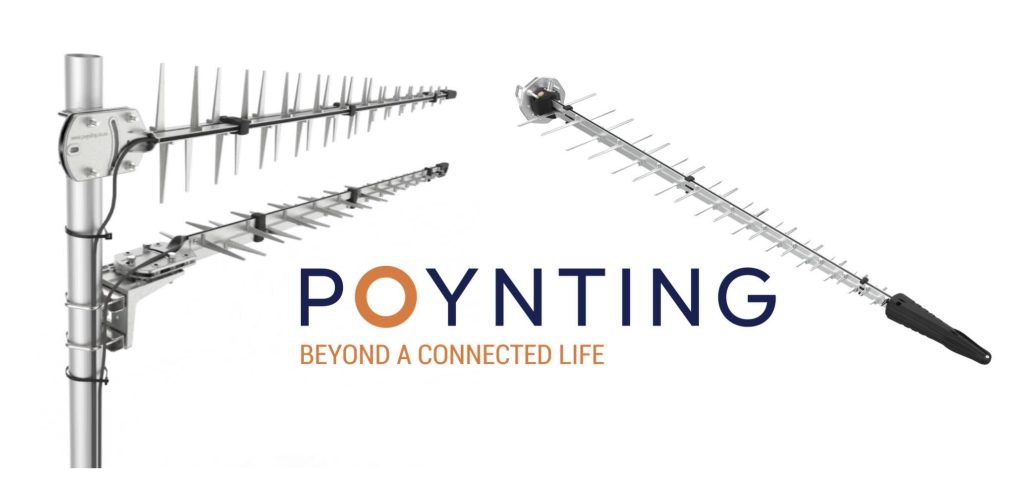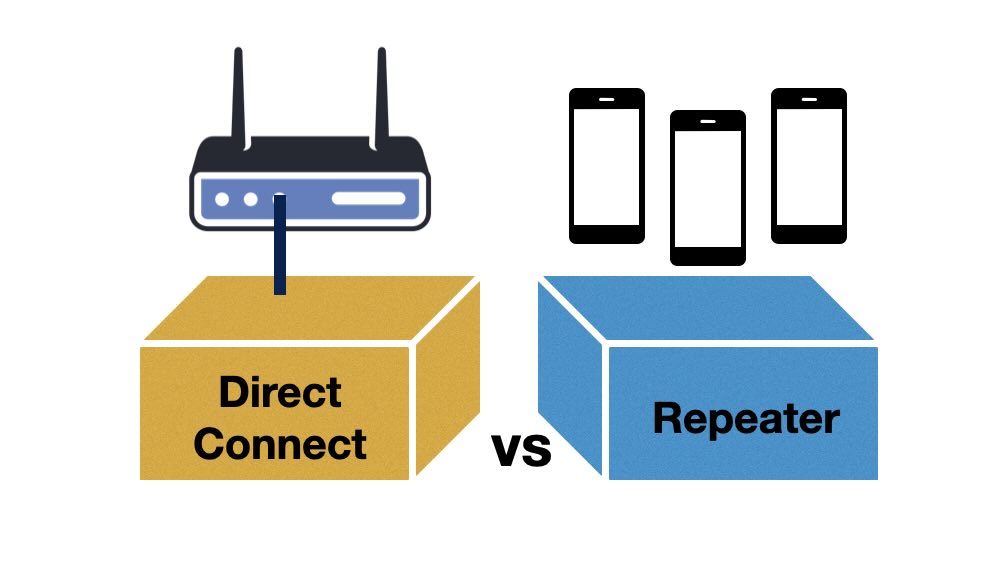Guest Article written by the Poynting team Considerations for Donor Antennas in Repeater Systems: Why Gain Isn’t Everything When designing or installing a repeater system to extend cellular coverage, many people focus primarily on the gain of the donor antenna. While gain is important, it is not the only factor to consider when selecting a […]
Tag: repeater
Cellular Amplifiers: Direct Connect vs. Repeater Systems
Our world is centered around ensuring reliable cellular signals are always available, whether for personal use, business continuity, or IoT applications. Cellular amplifiers can be a game-changer in areas with weak signals, but understanding the options available is critical to selecting the right solution. We’d like to explore the two main types of cellular amplifiers—direct […]
Simple Ways to Boost Your Cellular Signal
These days a strong cellular signal is essential for maintaining seamless communication, accessing important information, and staying entertained. With millions of Americans owning a smartphone and most of them feeling they couldn’t live without their devices, dealing with weak cellular signals can be incredibly frustrating. Factors such as adverse weather, interference from building materials, terrain, […]
Enhancing the Performance of Your Inseego 5G Indoor Router
Having a robust and reliable internet connection in this day and age is essential for anyone. The Inseego 5G indoor router series, featuring models like the FG2000e, FX2000e, and S2000e, promises lightning-fast internet speeds for your home or office. However, ensuring optimal signal strength, especially indoors or in areas with poor network coverage, can be […]
Nextivity CEL-FI GO G41
No matter who you are or what you do, having a strong and consistent cellular signal is crucial, especially in remote areas. Recognizing the need for reliable in-building cellular coverage, Nextivity introduces the CEL-FI GO G41—a single-operator cellular signal booster designed to elevate your connectivity experience. Unmatched Performance and Versatility The CEL-FI GO G41 stands […]
An In-Depth Exploration of Cellular Signal Boosters
In an era where staying connected is paramount, weak cellular signals can be a frustrating hindrance. Enter the signal booster, also known as a wireless repeater, a system designed to amplify and extend the reach of your cellular connection. In this article, we will delve into the anatomy of a signal booster, unraveling its components […]
Boosting Your Connectivity: A Comprehensive Guide to Signal Boosters
A weak cellular signal can be a major hindrance to both personal and professional activities. If you’ve ever experienced frustrating dropped calls or sluggish data speeds, it might be time to consider installing a signal booster, also known as a wireless repeater. These ingenious devices can take an existing signal, amplify it, and rebroadcast it […]
How to Maximize WiFi Coverage: Tips and Tricks
In today’s world, having a strong and reliable WiFi connection has become an essential aspect of our daily lives. Whether it is for work, entertainment, or education, we all rely on our WiFi network to keep us connected to the world. However, it’s not uncommon for people to struggle with weak signals, slow speeds, and […]
How do I connect to the internet between two buildings?
The Long Range WiFi Bridge System is a product that so many can take advantage of whether it be for personal or professional use. As working from home and continuing education from home continue to become a new norm – many have found that this is a solution to assist in making it easier to […]



